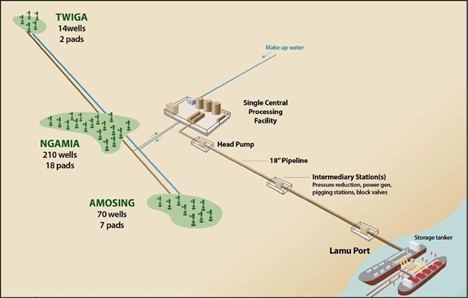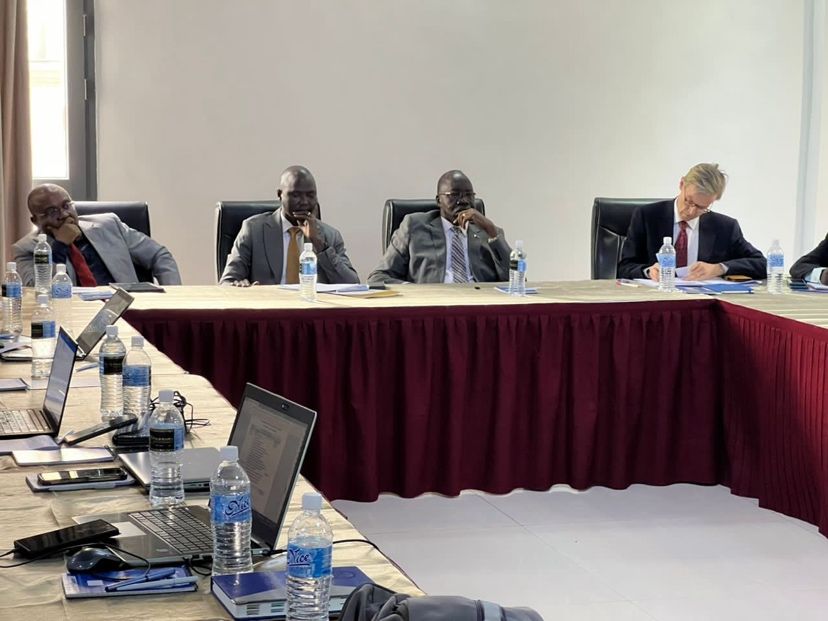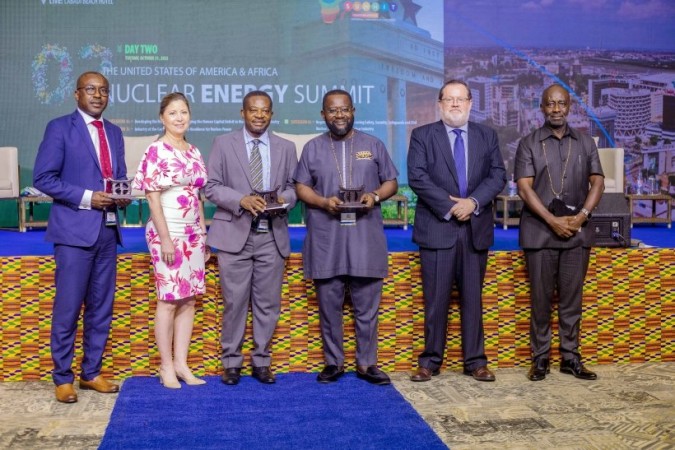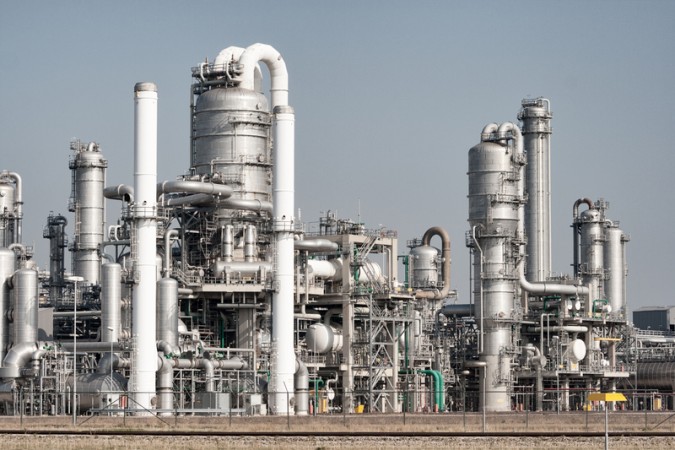Tullow Oil is seeking a partner for its planned US$3.4 billion Lokichar/Turkana oilfield development project in Kenya. In 2021, Tullow submitted a revised Turkana field development plan (FDP) and said the revised FDP is conditional and will depend on, but not be limited to, the introduction of a new partner.
Its partners are TotalEnergies (25%) and Africa Oil Corp (25%). Tullow has a 50% stake in the project.
“This plan has restructured a commercially difficult project into an investible opportunity. We are working with potential strategic partners to reduce our stake in the project to be more in line with a company of our size,” said Rahul Dhir, CEO, Tullow Oil plc.
The original plan aimed to produce 80,000 barrels per day from the oilfield but was delayed because of the collapse of oil prices and the Covid-19 pandemic, which created roadblocks and commercial anxiety for TotalEnergies and Africa Oil. A new plan was created to focus on improving the project economy.
The new scheme is expected to produce 585 million barrels of oil, which is at least 30% more than the original capacity. Also, the 825-kilometre oil export pipeline to Lamu Port on the Indian Ocean will be modified to handle 130,000 barrels per day and its diameter increased from 18 to 20 inches. If sanctioned this year, oil is expected to flow in 2025/26.
An introduction to ‘Project Oil Kenya’, the Tullow operated project to develop the significant oil discoveries made in the South Lokichar Basin. #projectoilkenya https://t.co/Yq426q9Kwl
— Tullow Oil plc (@TullowOilplc) February 1, 2019
Tullow is proceeding with a phased development approach to the project. It will commence with the Ngamia and Amosing fields, which make up 50% of the project’s resources. The initial phase will also include the Ekales and Twiga fields. This will boost the initial phase tapped resources from 273 million to 390 million barrels.
There is a projected increase in the number of development wells and the number of production wells compared to water injectors, which will help boost reservoir pressure support and increase recovery rates. Upstream facilities have also been increased to handle more oil and water volume. Africa Oil pegged the cost of upstream facilities at US$1.4 billion.
The new scheme will lower unit costs from US$31 to US$22 per barrel. Carbon emissions will be reduced through a combination of heat conservation, use of gas for power and reinjection of excess gas.
Kenya’s national grid, which uses substantial renewable power will be used to offset any remaining emissions. The export pipeline will be heated and buried to ensure continuous oil flow. Water from Turkwel Dam will be used for injection purposes.
Top Photo: General overview of the Lokichar Oil Project (africaoilcorp.com)
Source link
Tullow in Search of Partners for its Kenya Lokichar Oil Project





